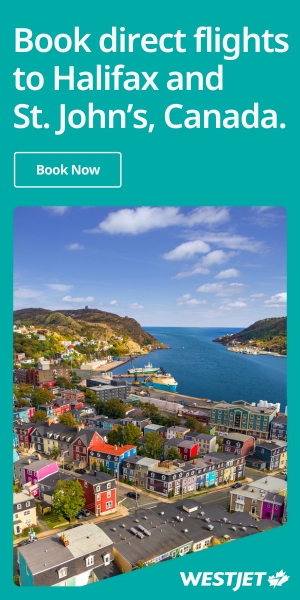Many Asia-Pacific destinations have reopened the domestic travel market and are testing new policies and protocols, before welcoming back international travellers.
Thailand has launched several initiatives and apps, such as the Safety & Health Association Certification, which has more than 2,000 approved businesses listed from hotels to spas, restaurants and shopping centres and the new QueQ app, that will help control the flow of tourists at national parks, attractions and restaurants. Singapore has launched a similar initiative, the SG Clean Certification and the South Australian Tourism Commission (SATC) has set up an online course developed in partnership with South Australian-owned businesses and Health Safety Environment.
Sri Lanka, a popular destination has opened its borders to international tourists on August 1, Bali has opened tourism for Indonesian for now and will welcome international tourists from September 11. Maldives was the first South Asian country to open its borders for tourism. While resorts, live aboards and hotels located at uninhabited islands opened on July 15, guest houses and hotels located in the inhabited islands, opened ?from August 1.
Chris Crampton, chairman of Pacific Asia Travel Association (PATA) UK & Ireland said, ?It feels good to be on the road to recovery, after what has been one of the most challenging times in history for the travel industry. It is vital, for the survival of our industry and tourism of the region, that we work together to ensure a steady recovery. Our priority is to reassure the trade and consumers, through reliable and concise information and coordinated actions and help boost confidence in travelling once again.?
?Consumers' desire to travel is still strong and there is a significant pent up demand but travellers are looking for more flexibility now and I believe we will see structural changes in booking and its terms and conditions. There will be a much shorter gap between bookings and travel, as consumers remain cautious. November is being cited as an unusually busy month, as consumers seem interested to book last minute 2020 winter trips or for Q1 of 2021. Our members and businesses in the region that adapt quickly to the changing consumer behaviour and demands, will have a competitive advantage in hastening their recovery? he added.
?In terms of types of holidays, and countries, we expect to perform well across the Asia Pacific region in the immediate future, as we understand that travellers are looking for escapism, relaxation and wellness holidays, so destinations with great beaches and islands, remote resorts and excellent spa and health facilities are likely to welcome back visitors first. As consumers start to enquire and book again, our tour operator and Destination Management Company (DMC) members have also reported an interesting increase in demand for touring and multi-centre/country holidays but this is largely for 2021 departures when more, if not all, of the region will be accessible again? Mr Crampton added.
David Kevan, partner and product manager at CHIC locations said: ?I can?t see South East Asia opening up to UK arrivals until November ? with limited flights ? increasing gradually into December. However, I think the UK will remain a ?red zone? country for some time, so British travellers will be amongst the last to be accepted into the region. I expect to see clients making bookings for SE Asia in Q4, but for departures in Q1/2 of 2021. We are seeing good demand for escapist resorts rather than cities, and I feel the airline schedules will reflect this. There has been a tremendous increase of interest in the Maldives; in our view one of the safest destinations, given its unique style but still somewhat illogically still on the UK FCO only travel if essential list.''
PATA is including ongoing updates about the changes to quarantine requirements on its website: https://pata.org.uk/coronavirus/












